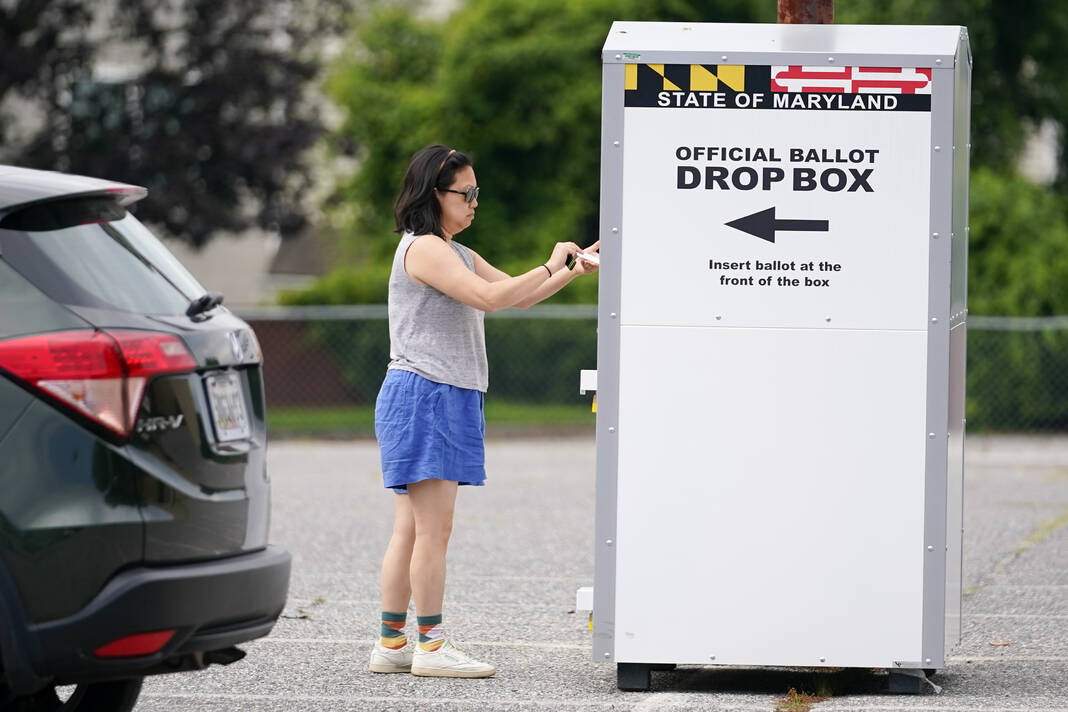
How are mail-in and absentee ballots verified?
Whether a state requires voters to request an absentee ballot or participates in universal mail-in voting, all ballots cast by mail or dropped off at a drop box are vetted to ensure their legitimacy.
Election officials log every mail ballot so voters cannot request more than one. Those ballots also are logged when they are returned, checked against registration records and, in many cases, voter signatures are on file to ensure the voter assigned to the ballot is the one who cast it.
Still, mail ballots are one of the most frequent targets of misinformation around voting, despite fraud being rare.
Different states have different ballot verification protocols. All states require a voter’s signature, while some states have additional precautions, like having bipartisan teams compare that signature to a signature on file, requiring the signature to be notarized or requiring a witness to sign.
In Arkansas, you must return proof of voter registration or a copy of your ID with the ballot. In states including Georgia, Minnesota and Ohio, you have to submit your driver’s license number or state ID card number, which will be compared with voter registration records before your vote is counted.
In states that require voters to submit applications to receive absentee ballots, the application typically includes several pieces of identifying information to ensure you are who you say you are. In some cases, that includes a copy of your photo ID.
In almost every state, mailed ballots can be tracked online through a unique bar code on the envelope, allowing voters to watch the movement of their ballot until it is counted. Ballot security features and ballot sorting at election offices help weed out any counterfeits, though election officials say fake ballots have not been a problem in U.S. elections. A Georgia investigation into allegations of counterfeit ballots in the 2020 election found no evidence to back up the claims.
Secure ballot drop boxes are placed in public locations and emptied only by trained election staff, to prevent anyone else from tampering with the votes inside.
As with other forms of election fraud, harsh penalties for voter fraud by mailed ballot act as another deterrent. Depending on the circumstance, voter fraud charges can result in a fine, prison time or both.
Despite widespread claims of mail-in and absentee ballot fraud, the reality is it’s exceedingly rare. The Brennan Center for Justice in 2017 ranked the risk of ballot fraud at 0.00004% to 0.0009%, based on studies of past elections.
Meanwhile, a May 2022 Associated Press survey of states that allowed the use of drop boxes in the 2020 presidential election found no cases of fraud, vandalism or theft involving drop boxes that could have affected the results.


